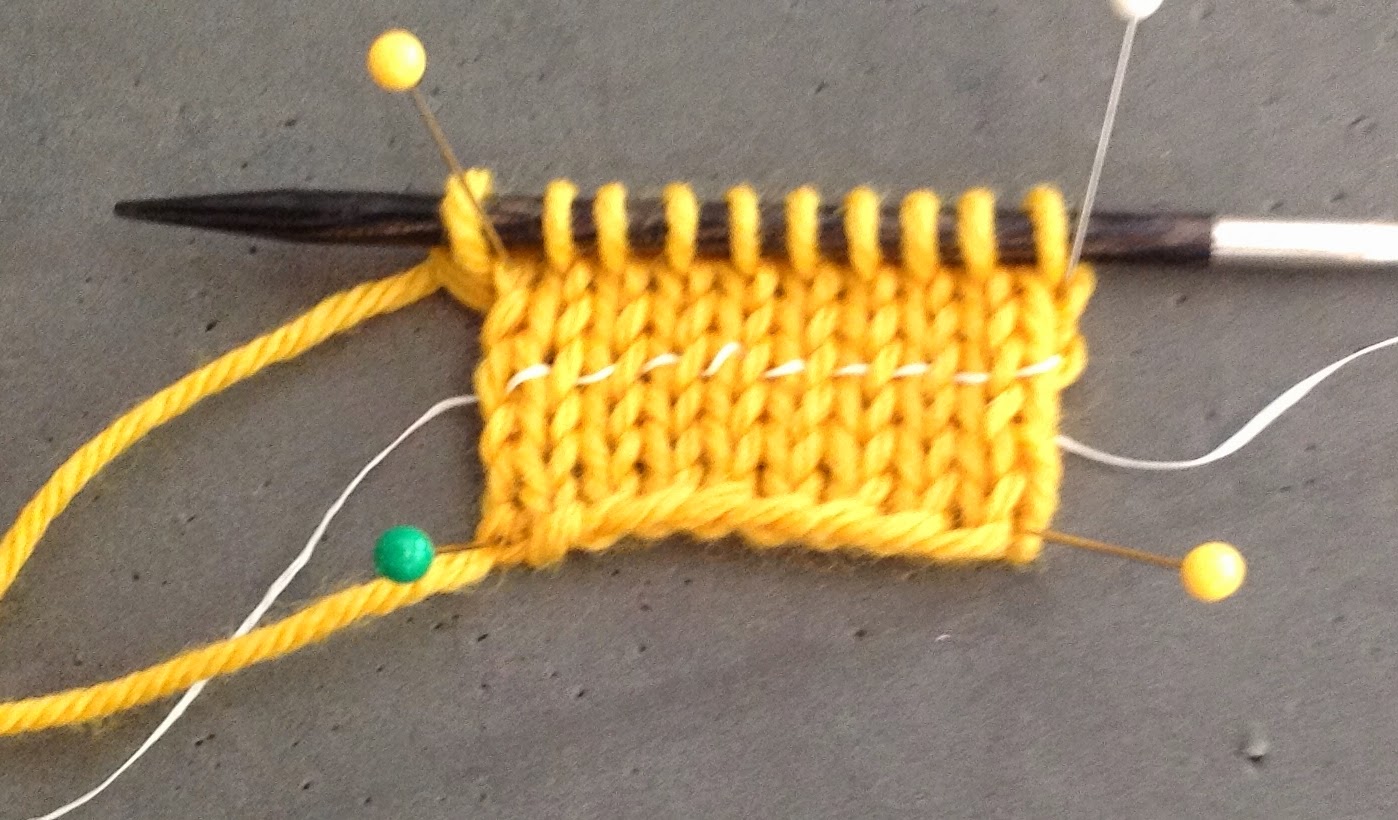
STUDENT NEWS
It must be summer...I've received very few lessons this week. So far it is working out just fine emailing the letters and the next lessons. Postage has really gone up. I would hate to raise the price of the courses.
TIP OF THE WEEK
The tip for this week is about intarsia knitting. Most knitters can be divided into two categories...process knitters or product knitters. Some knitters just enjoy the process of knitting and don't care all that much about the final product. Others knit to create a finished product. If you are working on an intarsia project, I hope you are a product knitter as the process isn't all that much fun. First of all, you will be knitting flat which many knitters don't like. The majority of intarsia projects are just stockinette, no fun stitches. And then there is yarn management. I have done lots of intarsia knitting in my time and I can't honestly say I enjoy it but the results can be fun.
Unlike stranded designs where two yarns are carried across the row, intarsia designs are blocks of color. The photo below shows a classic intarsia design, an argyle.

What I do first when I am considering an intarsia design is to study the chart to see if it is worth the hassle. Since traditionally, you do not strand over stitches, you need a separate ball of yarn for each color. The photo below shows a very simple graphic design. I've numbered the balls of yarn required to work this design. For this simple 22 stitch design, I would need to have 6 balls of yarn.

You could strand this design but it would change its texture and like any strand, it might snag. (If you are doing the Masters Program, don't strand. You can strand over the crosshatching lines in an argyle but that is pretty much it.)
This photo shows the back of the design with the yarntails woven in using the duplicate stitch method. If you hate weaving in yarntails, avoid intarsia designs.
Yarn management is the biggest issue with intarsia knitting. I've tried every bobbin made and every suggestion and I've found my little center-pull balls the best way for me. Many knitters find using just long strands of yarn the easiest but the video I did for this technique demonstrates why this doesn't work for me. (A big black cat named George.)
The second biggest problem is holes where the two colors join. You can avoid this by always following the rule, bring the new color under and to the right of the old color.
When you join a new yarn just drop the old color and start using the new color taking care to leave a tail long enough to weave in. When you add a new color, if you leave this tail on the RS (as shown in this photograph) you won't mistakenly use the tail instead of the working yarn on the next row. When I teach intarsia, this happens at least to half of the students. I wish I'd thought of this but I found it in Margaret Radcliffe's book Essential Guide to Colorwork Techniques.
Here is the back of the work. You can see where the stitches are interlocked since I always went under and to the right when changing colors.
I've found doing diagonal designs much more satisfying. The tension in the stitches is much easier to control. Vertical designs can be a problem. Next week I will do a video on vertical designs and how to work with the tension. Here is the video for this week: Intarsia Part 1
KNITTING SALON
Salon will be on Saturday from 1:30 - 3:20.
CURRENT PROJECTS
I've started on my projects for Cast On. I am making a pair of over-the-knee socks with The Unique Sheep's gradiance yarns. Since the color changes are the focus I've chosen a simple eyelet pattern. I think these will be fun.





















